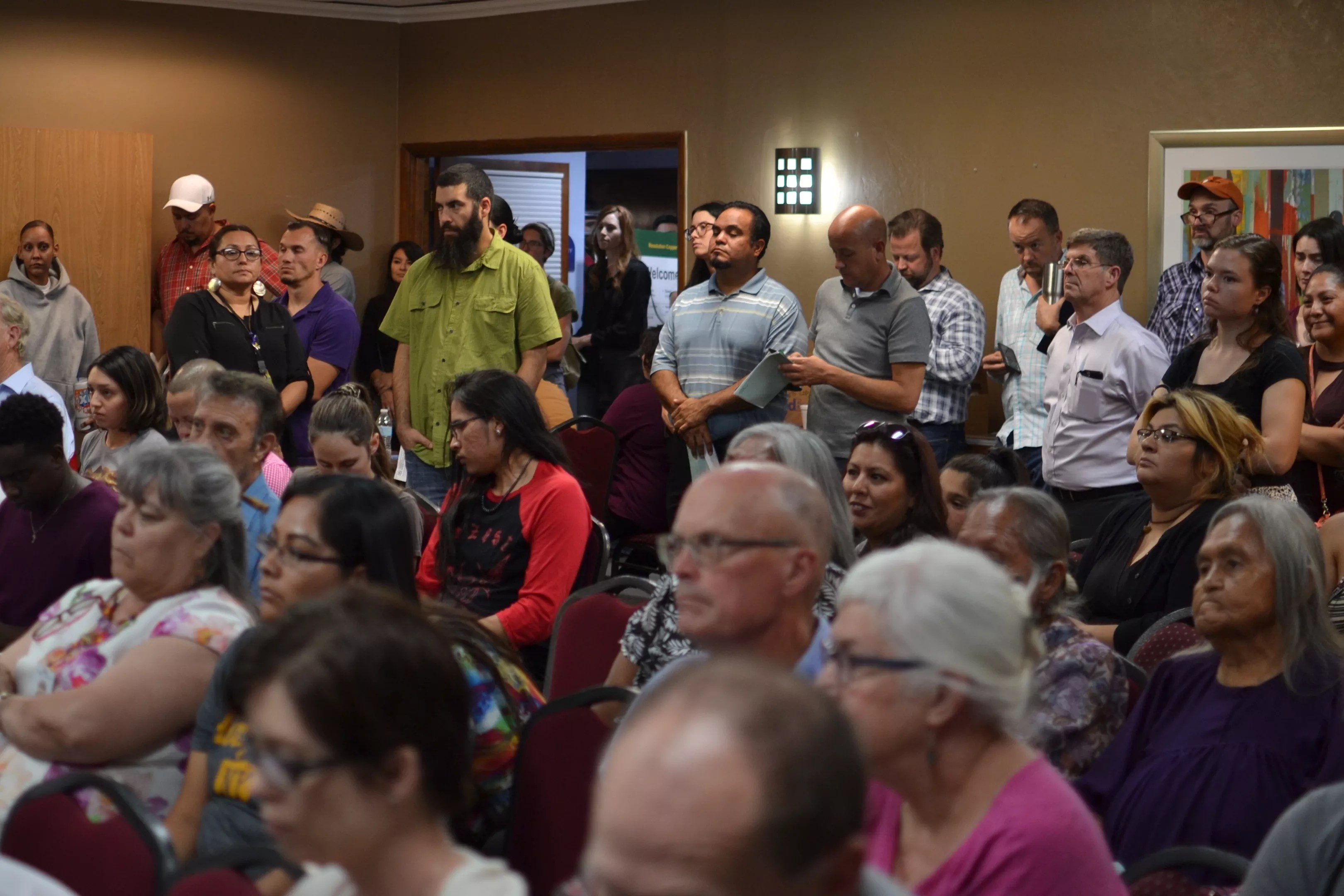
Ray Stern

Audio By Carbonatix
It seemed like a rare example of corporate accountability, albeit one that came too late.
Earlier this month, the head of Australian-English mining giant Rio Tinto announced he would step down following the company’s May decision to detonate two sacred Aboriginal sites in Australia that were treasure troves of millennia-old archeological material.
While the company is no stranger to environmental devastation, this time the company’s actions spurred a revolt from shareholders that cut executive compensation and caused a parliamentary inquiry.
“What happened at Juukan was wrong and we are determined to ensure that the destruction of a heritage site of such exceptional archaeological and cultural significance never occurs again at a Rio Tinto operation,” Rio Tinto chairman Simon Thompson said in a statement that also announced the departure of two other executives.
A mining company destroyed a 46,000-year old Aboriginal heritage site in Australia.
Juukan Gorge is one of the most ancient Aboriginal sites, with digs finding tools and 4,000-year old hair: "We won't having anything to show the next generation."
(Photo: PKKP Aboriginal Corp) pic.twitter.com/i7KLBgQd0k
— AJ+ (@ajplus) May 28, 2020
However, the mining giant is on track to do exactly that an hour east of Phoenix, according to two leaders of local efforts to stop them.
Rio Tinto is the majority owner of the Resolution Copper mine project near Superior, being developed with another Australian-Anglo company, BHP. If successful, the project would leave a two-mile-wide crater in the place of the natural area known as Oak Flat – land sacred to the Apache people.
Doing so would mean “the complete and utter destruction of a sacred site,” which is just what the company did in Australia, said Roger Featherstone, director of the Arizona Mining Reform Coalition. “And if their rhetoric actually means something, that means they can’t go forward with their plan.
In a draft report on the project released last year, the U.S. Forest Service, which currently controls the land, enumerated some of the potential impacts of the mine.
The proposed mine has a “high potential … to directly, adversely, and permanently affect numerous cultural artifacts, sacred seeps and springs, traditional ceremonial areas, resource gathering localities, burial locations, and other places and experiences of high spiritual and other value to tribal members,” the Forest Service noted in the report.
The report also outlined a number of potential threats to the water supply in surrounding communities.
“If Rio Tinto had any meaning to what they said, you would see it here,” said Wendsler Nosie, former chairman of the San Carlos Apache Tribe and leader of Apache Stronghold, a group formed to help protect Oak Flat. He pointed out that Rio Tinto only took action after the Australian sites were already destroyed, and that the company head will remain in his position through March while continuing to receive extensive benefits.
Dan Blondeau, a spokesperson for Resolution Copper, said that the Arizona project is still not a certainty. After the U.S. Forest Service completes its evaluation of the project, a study of the technical feasibility of the mine will take place before any final decision on investment to proceed with the project.
Rio Tinto and BHP have invested about $2 billion in Resolution Copper since 2004. The mine would go to extreme depths to remove the 40 billion pounds of copper believed to be present, but is expected to return $144 billion worth of copper on a $5 billion investment.
Blondeau said if they do proceed with development, the campground area at Oak Flat will remain open for as long as it is safe for it to do so, which would likely be a few decades.
“Resolution Copper welcomes the opportunity to continue building on the extensive engagement with Native American tribes, who play an essential role in shaping this project,” he wrote in an email.
It’s unclear what impact “shaping” the project will have on the 12.5-square-mile crater that sacred sites will collapse into. The companies are required to interface with tribal governments, but much of the engagement by tribal members through the Forest Service’s public input process has been starkly opposed to the project.

U.S. Forest Service hearings on the proposed mine last year were packed. Many tribal members voiced their opposition to the project.
Elizabeth Whitman
The impact of the Forest Service study is also questionable. Due to a congressional mandate snuck through by Senators John McCain and Jeff Flake in 2015, the Forest Service must hand over the land to Resolute Copper within 60 days of completing the final environmental impact statement – regardless of the result.
A spokesperson for the Tonto National Forest said the Forest Service is currently addressing feedback to the draft environmental impact statement and is on track to release the final statement in December, meaning the transfer could occur by the end of February.
Nosie said he had heard there may be delays due to the COVID-19 pandemic, and that opposition groups had hoped that there would be time for a new congress and potentially a new president to take up the issue.
Now, he fears the land deal is being pushed through while President Donald Trump remains in office. He’s said they are gearing up for a fight next month as the project continues to advance. While he’s not optimistic, he said the interim period gives a chance for both Rio Tinto and for congress to step up.
“I think this is a great opportunity for the United States to jump forward in leadership and hold them to their word,” he said.